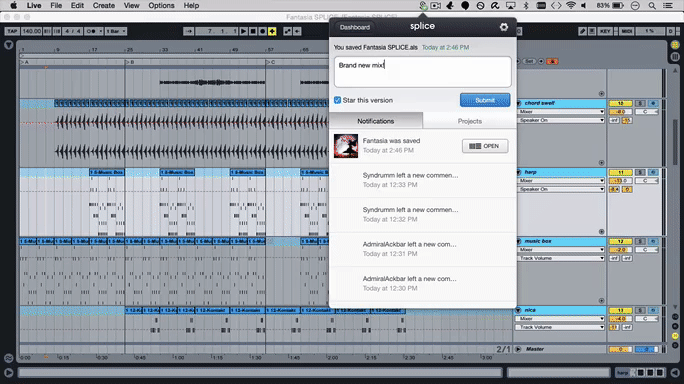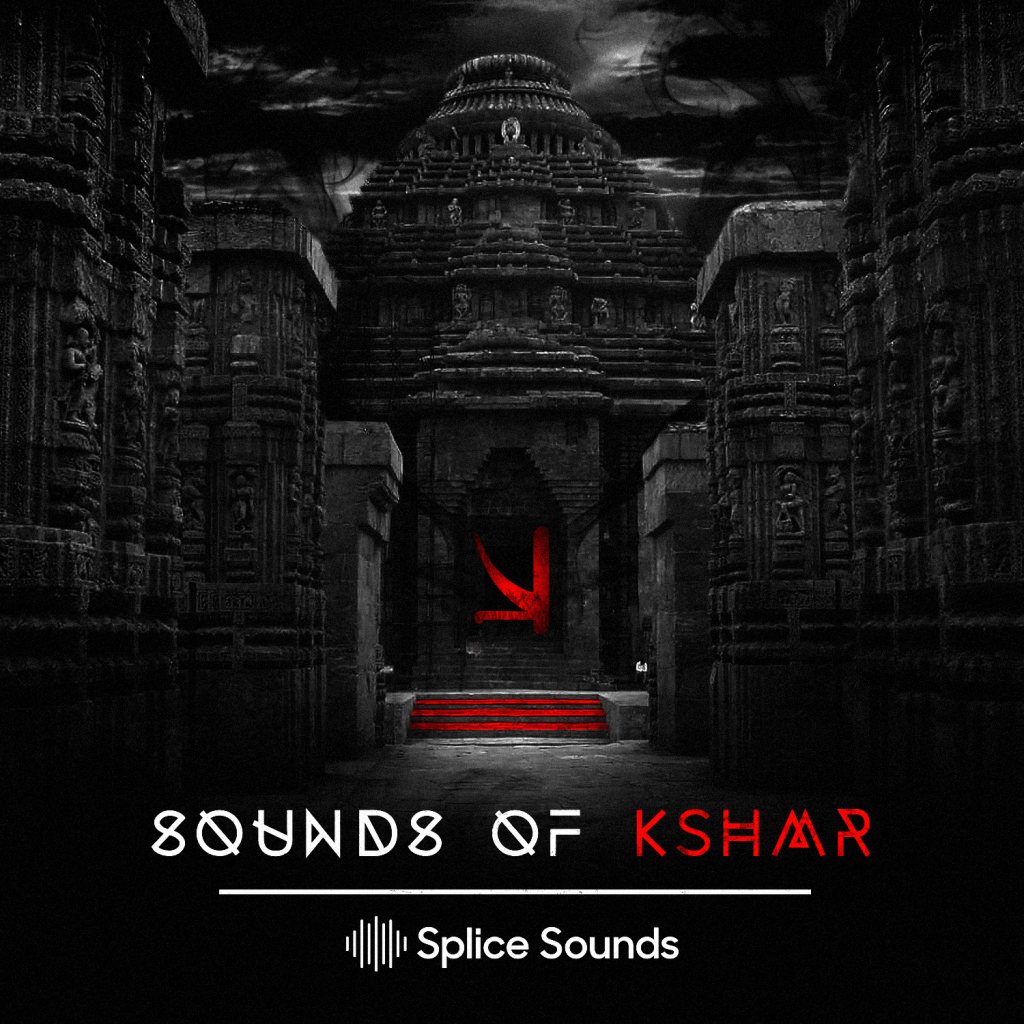‘Let me start a vibe,’ says Grammy-award winning music producer Oak Felder in a talk where he’s demonstrating live music production. He starts with a ‘blank canvas’ on Logic Pro X, a digital audio workstation (DAW) and plays a progression. He adds a bassy instrument sound he calls the ‘booty shaker.’ And then, once he has layered these sounds, he opens his favourite tool – Splice. He feeds in the name of a sample sound maker in the Splice interface and is now looking for an appropriate ‘snapping’ sound.
The process of looking for sounds is a big part of his job as a music producer, but Splice, with its library of sounds has made it easier. Splice, he tells the audience, ‘is a producer’s version of iTunes’. He then downloads the desired sound and returns to his session to finish the production.
While this has been a presentation for a studio audience, Felder, in reality, was producing the song in front of songwriter Sean Douglas and pop star Demi Lovato.
The song would go on to become Lovato’s now number one single, ‘Sorry Not Sorry’. Hear the snapping sound at 00.29? That’s the one Felder is talking about.

Mixing Music
Since its launch in 2013, Splice’s library has accumulated over one million sounds across genres – individually and in packs. Artists can buy these existing sounds (some produced by well-known musicians) from the library and can also sell their own sounds.
But Splice is not a disjointed sounds or plugins shop, it’s a platform for musicians to create, collaborate, and share music. Its feature of integrating and backing up work across DAWs- GarageBand, Logic or Ableton – and cloud-synced control provides respite to many anxious musicians. A producer, therefore, might use any composing software to produce music but will log on to Splice to find sample sounds. S/he will then try to create a complete sound by layering the composition of a melody rattling in the head.
After co-founding GroupMe, a group texting venture, in 2010 and selling it to Skype, Steve Martocci and Matt Aimonetti started the New York-based Splice in 2013. Splice was born out of the need to provide musicians with new-age, intuitive, and cutting-edge technology for their creative work. The technology had to be remote and independent of expensive studios because inspiration can strike anywhere. Now, Martocci regularly tells the media that Splice’s vision is to transform the way musicians create and collaborate, and to uncover new revenue streams for artists through artist-to-artist marketplaces.

How Splice Works (PC: Splice Blog)
Splice’s first step in implementing its vision is its library of sounds and its downloadable client application that integrates with DAWs. It has also partnered with music software companies like iZotope, Circle2, Xfer Records and more to offer more services. Most importantly, sounds from leading musicians such as deadmau5, KSHMR, Medasin, and Lex Luger are featured in its library. Splice has also hosted sounds from industry giants such as Loopmasters, CAPSUN ProAudio, and Sample Magic. Some established dance music producers have also taken to Splice Sounds to sell their branded packs. But it’s KSHMR whose meaningful collaboration with Splice has hit a crescendo.
He delivered a 350+ sample pack to the service in July 2017. KSHMR and Splice have together run various contests where they’ve asked users to submit entries to get a chance to work with KSHMR. Artists like Mike Hawkins, Party Thieves, and Vaski have followed suit. Just Blaze, the lauded producer behind some of Jay-Z and Eminem’s biggest hits, recently took to Splice Sounds to host the official ‘Just Blaze Drumkit.’
Users are drawn in by Splice’s strategy of sharing sounds of well-known musicians.
The Splice Ensemble
Splice has attracted a total funding of $47 million from the likes of Union Square Ventures, True Ventures and DFJ to power their musical dreams. It’s not a shocking figure if you consider that Splice aims to make music production, an otherwise elite and inaccessible profession, accessible. Moreover, the startup already has a revenue model in place. Users pay $7.99 per month to download up to 100 royalty-free samples on Splice. This cost is lower than a monthly iTunes or Spotify subscription and since aimed at producers themselves, and not listeners, finds numerous takers.
Although many artists on Splice choose to release their sounds for free, they have the option of selling it. Thus, Splice has created a new revenue stream for artists. It compensates its producers depending on how frequently their sounds are downloaded, and recently said that it has paid out over $5 million.
Daniel Rosty, an artist using Splice, who has released his own sounds royalty-free, says, “The Splice Community is one of the most active communities for music production that I have ever been involved with.” It’s this tight-knit community, that releases over 1.5 million new sounds every week, that’s most impressive about Splice. Today, in pursuit of trying to bolster this online community, where all the action lies, Splice acquired Indaba Music, an online music community of more than a million creators. The platform is also doubling up as a school, as Rosty says, I have downloaded only one project so far – “Memories” produced by KSHMR & Bassjackers – and I have learned a lot from that project.”

PC: Splice Blog
At the moment, Splice lets musicians access plugins, software and instruments on a rent-to-own basis, where they can pay as and when. While the downbeat reality of piracy looms large on the music industry, Martocci believes that illegal download and usage of most instruments and sample pack sounds takes place because of high costs and lack of trial options. It is hence that Martocci believes that Splice’s rent-to-own initiative makes using the platform ‘easier than piracy’. It’s an important step as an analysis by the Institute for Policy Innovation concluded that global music piracy causes a loss of 71,060 jobs to the U.S. economy.
Martocci’s stunning claim of Splice being ‘easier than piracy’ and the vision of democratizing music production to a point where it becomes inexpensive, easily programmable, and still world-class defines Splice. Successful in its mission to fuse technology, music production and creativity, the startup is now using AI to recommend to producers what they can add next while producing music.
The music company can progress to render redundant the big producer, small producer divide in the music industry and make high costs involved in launching a music career a thing of the past.
Subscribe to our newsletter



